Living and operating from a "challenging" QTH does not mean that one cannot take part in Amateur Radio. In my case our garden is too small for huge towers and long wires and there is a hill right behind the house anyway. Instead of feeling discouraged I took this as a challenge to get QRV with minimum power, occupying minimal space and - last but not least - have the whole thing sitting indoors.
The antennas I am using are small magnetic loop antennas. Their main characteristic is the use of the magnetic component of the electromagnetic field for both transmission and reception. The widely used Yagi (TV aerial) antenna for example uses the electric field component.
On the transmitting and receiving side of things I am using a Yaesu FT818ND transceiver with maximum 6W power output. For my WSPR experiments a Raspberry Pi Zero provides 10mW.
DISCLAIMER: I take no responsibility for any damage or losses caused by the building and or operating of the antennas described here. Please be aware that even with only a few Watts transmit power the voltage at the tuning capacitor can reach several hundred Volts or even more with currents up to a few Amperes. I do not recommend this project to people with a cardiac pacemaker or ICD.
This is the basic antenna design:
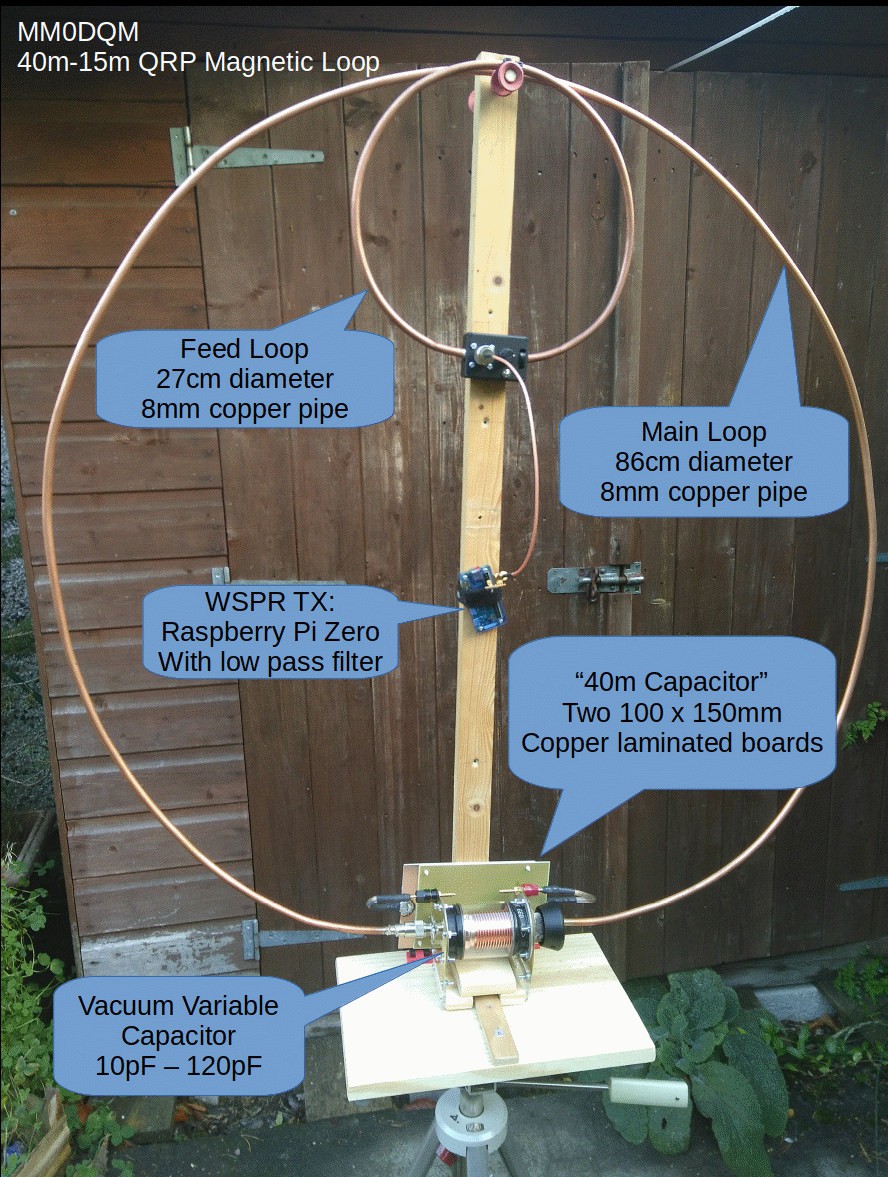
This configuration uses a Raspberry Pi Zero as WSPR transmitter for 20m and 40m. Thanks go to Jenny List and her Australia Project that inspired me to try a Pi Zero on a loop. Otherwise the FT818ND can be connected to the feed loop as well.
This one is it's smaller and slightly different sibling: Designed mainly for the 50 Mhz / 6m band. Two brass sheets act as air gap tuning capacitor.
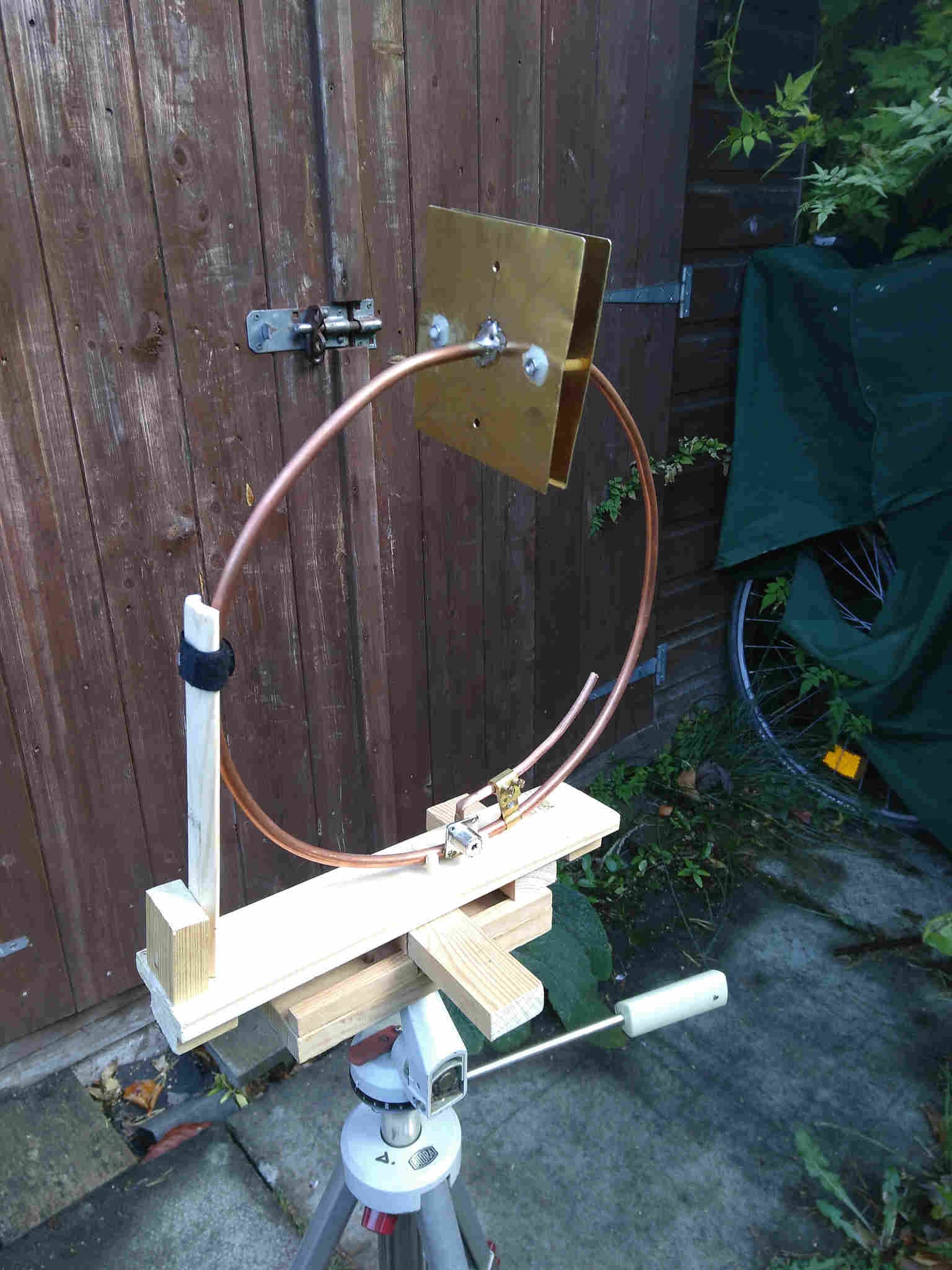
 Mark Dammer MM0DQM
Mark Dammer MM0DQM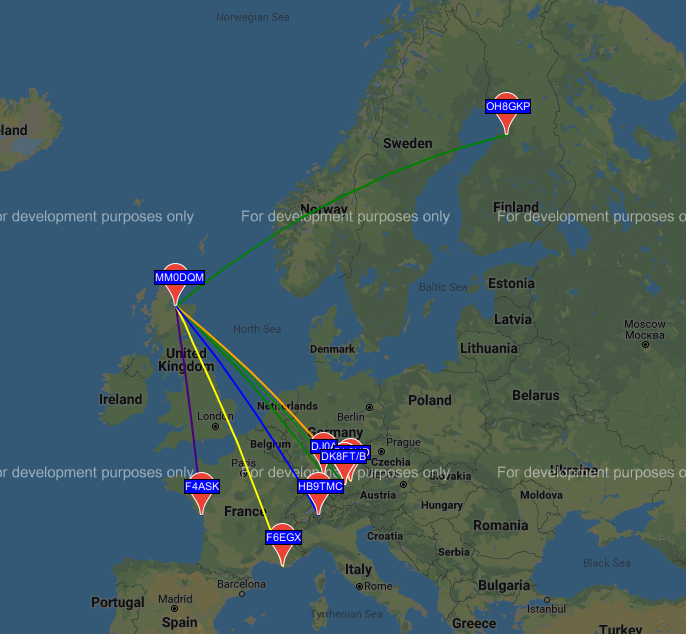
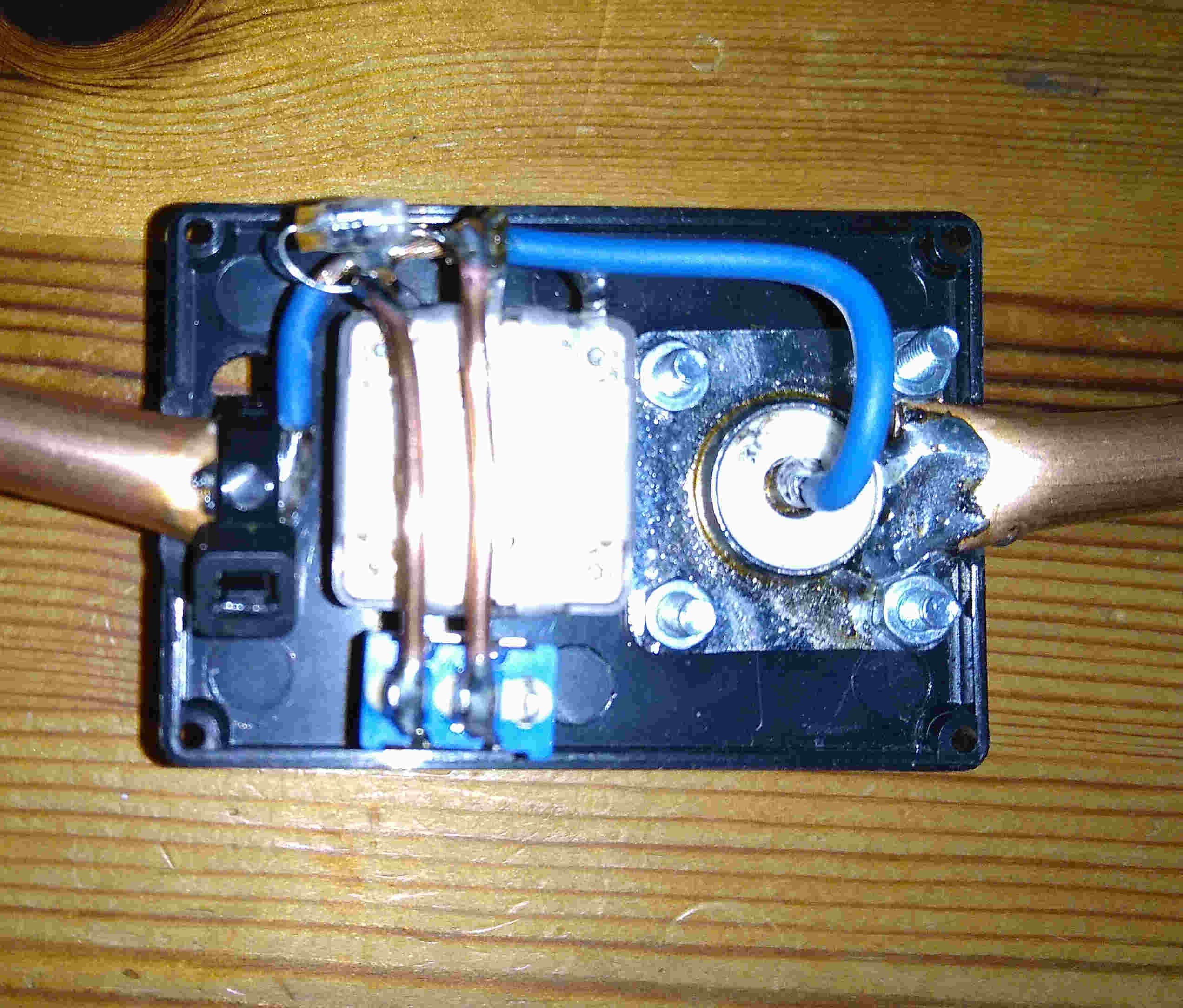
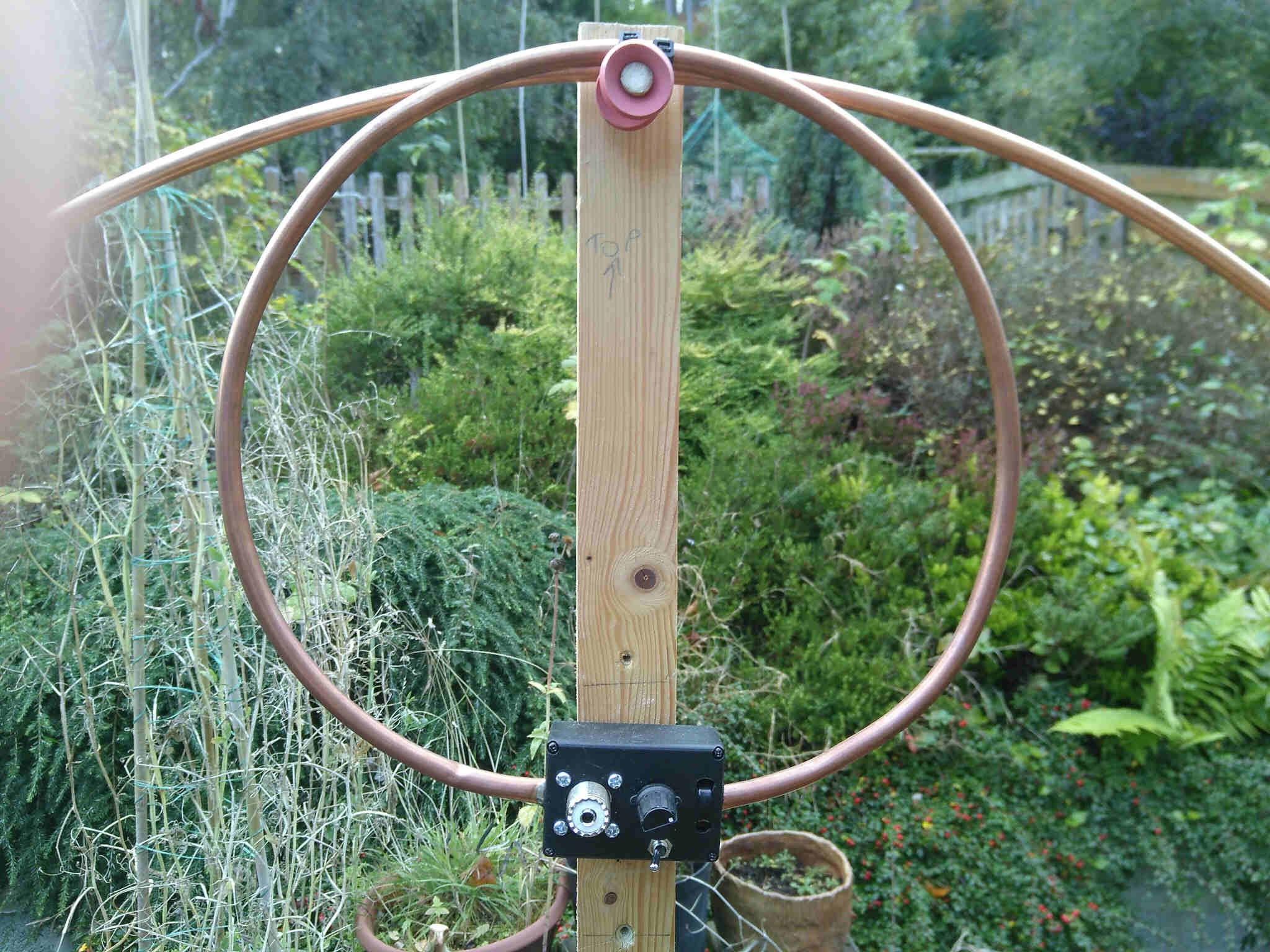
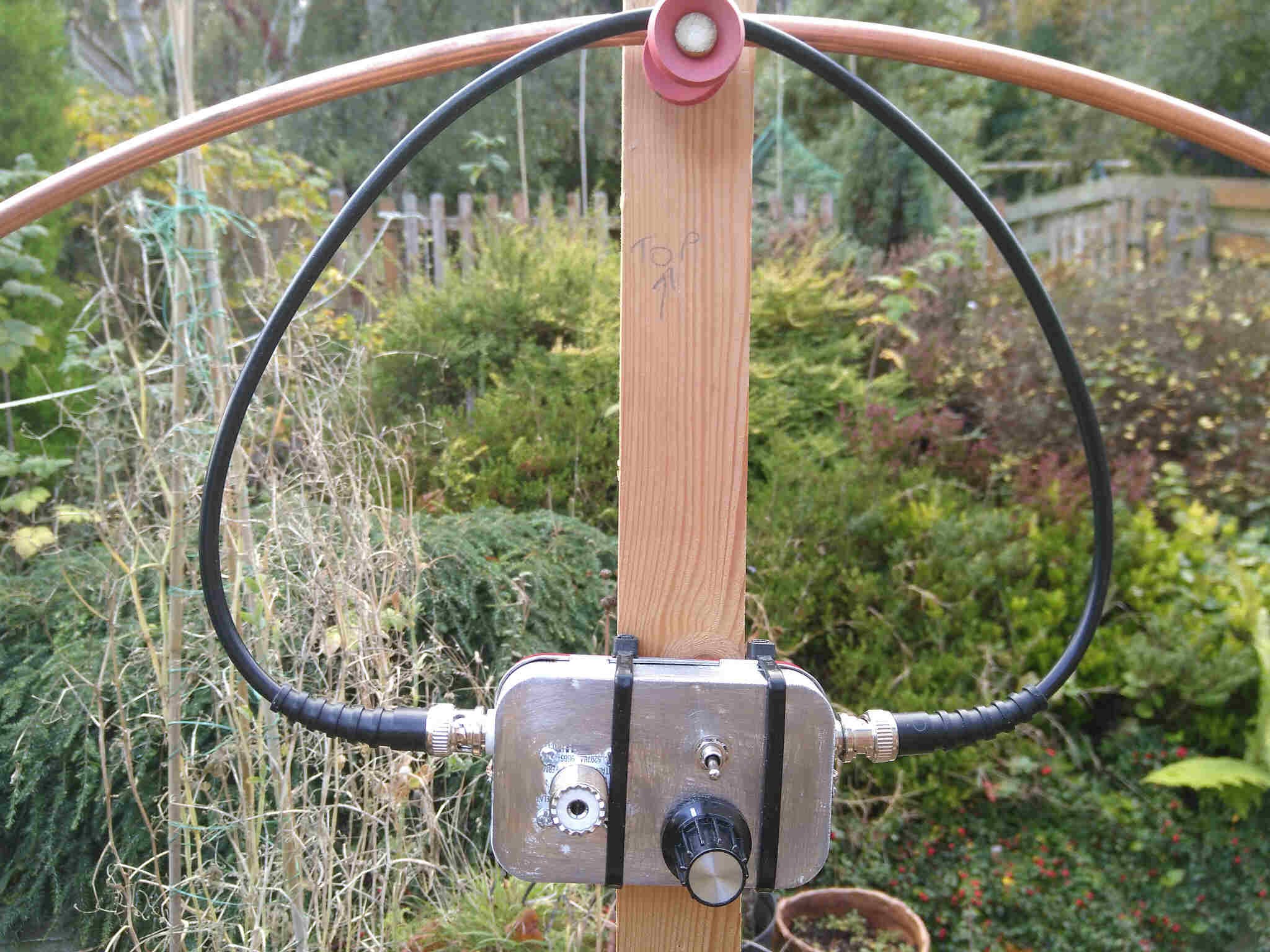
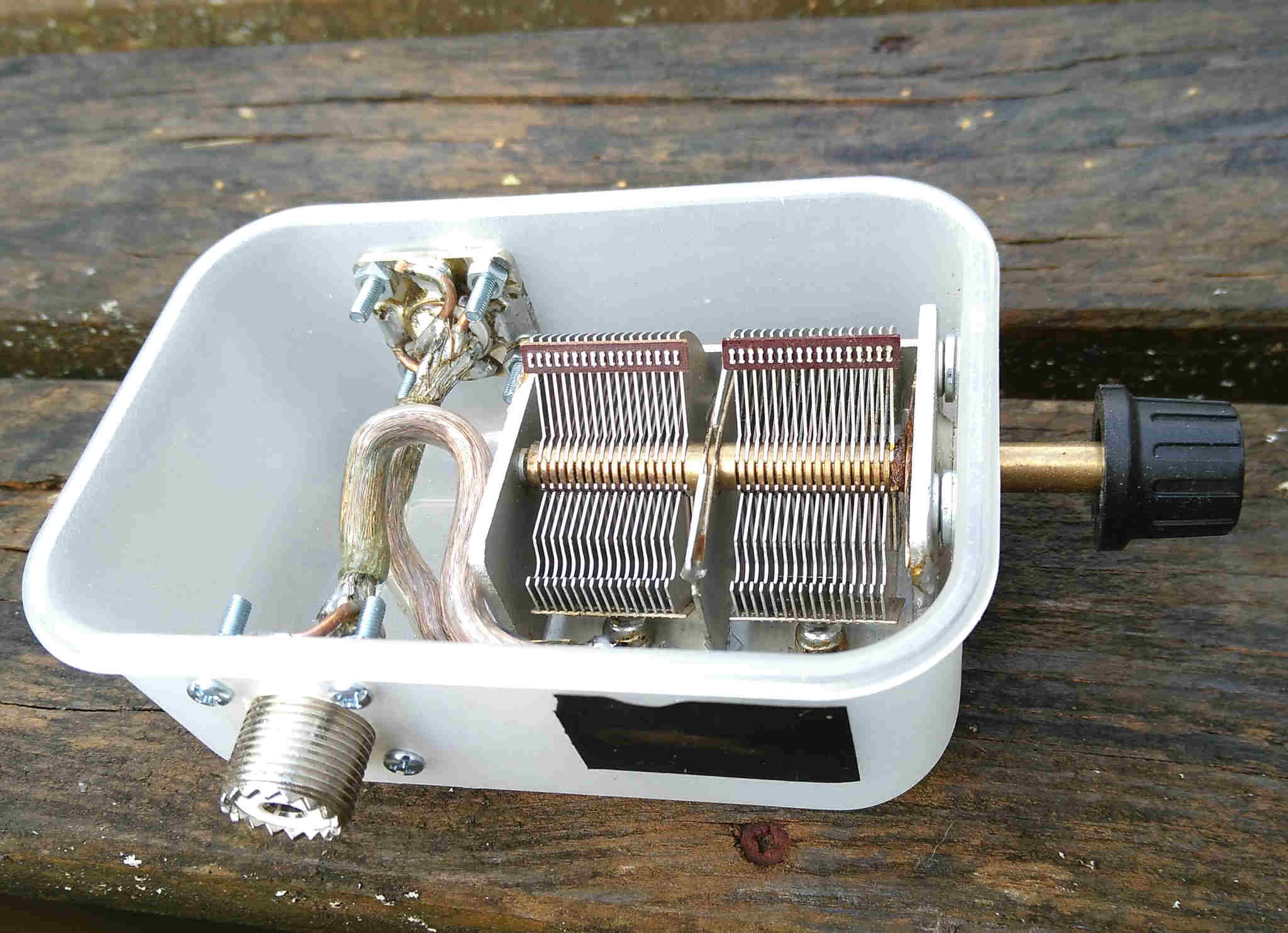
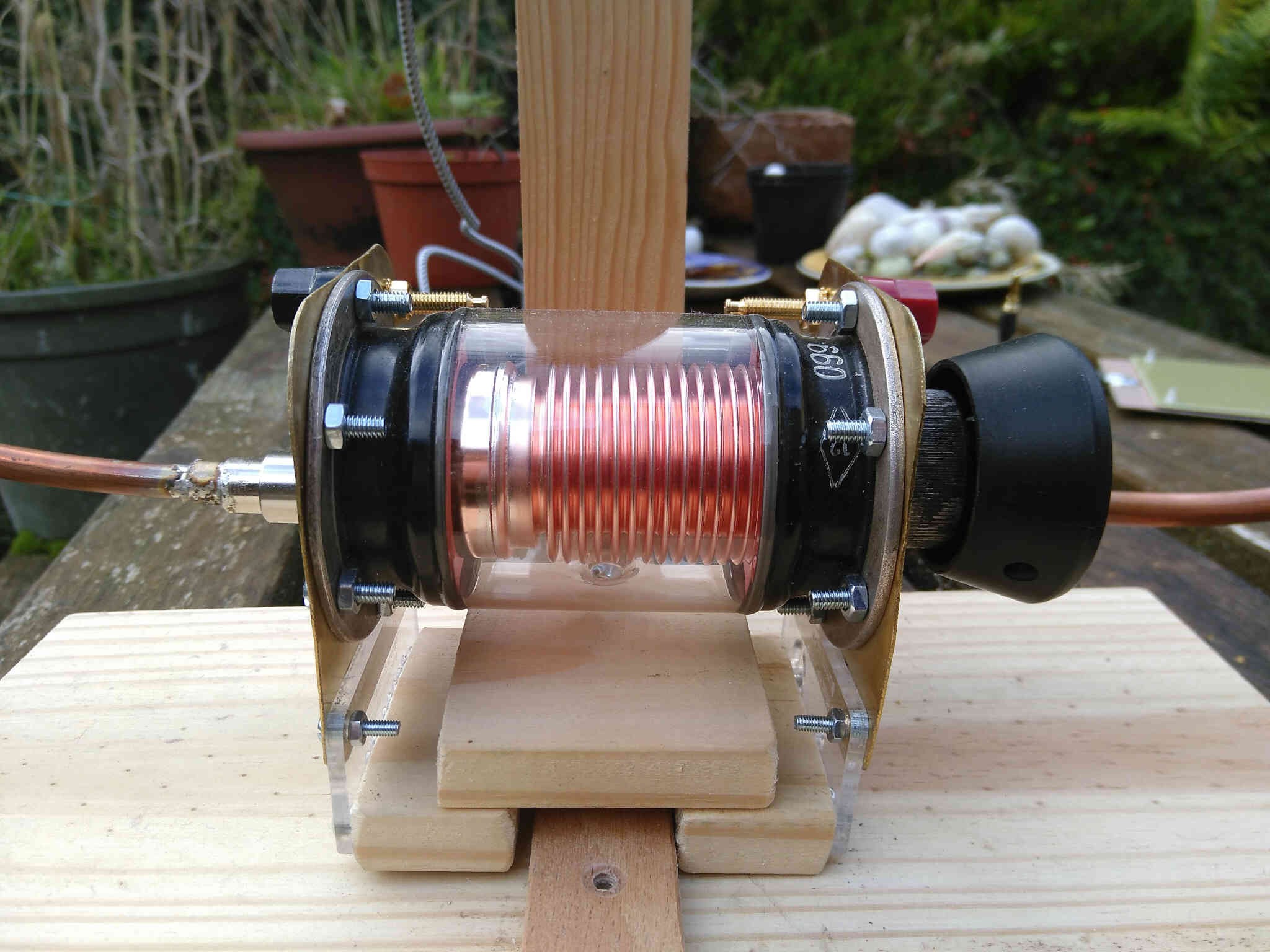
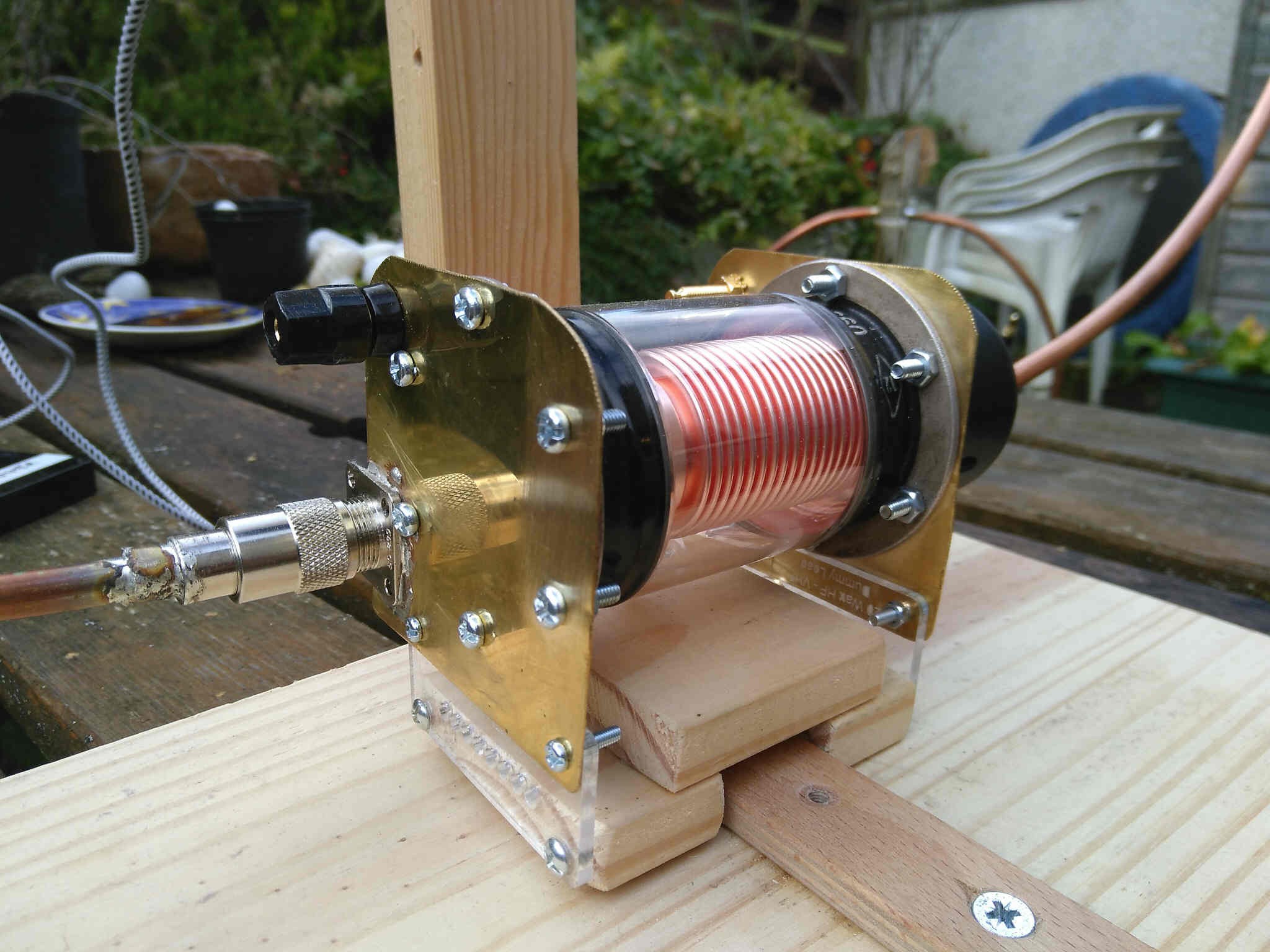
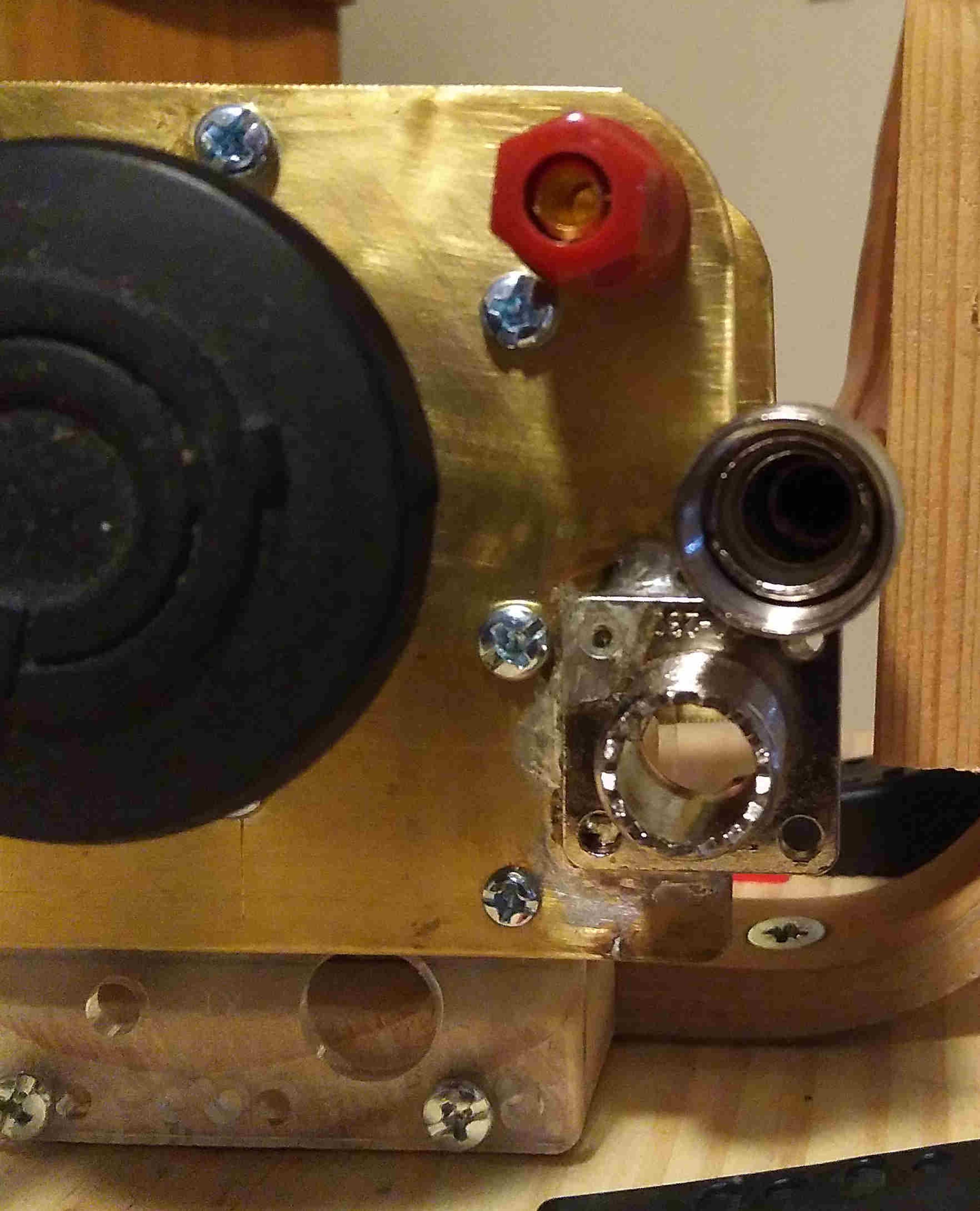
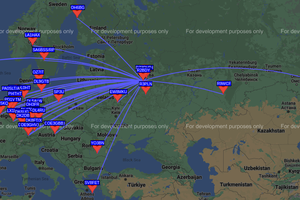
 Roman Piksaykin
Roman Piksaykin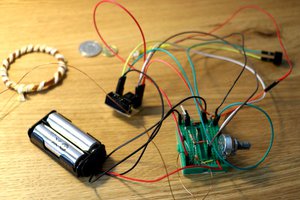
 Łukasz Podkalicki
Łukasz Podkalicki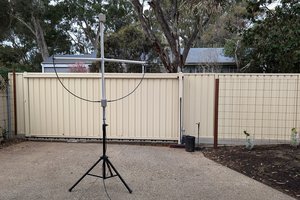
 Robert Hart
Robert Hart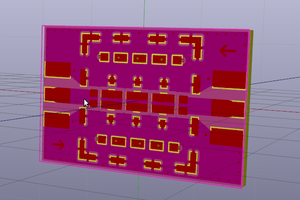
 georg ottinger
georg ottinger